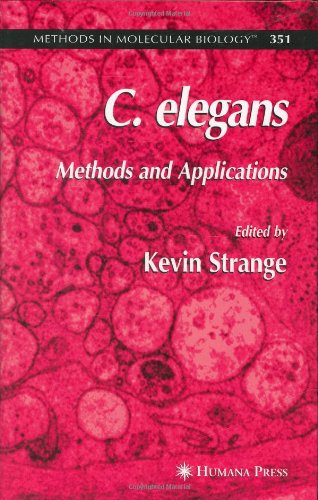

Most ebook files are in PDF format, so you can easily read them using various software such as Foxit Reader or directly on the Google Chrome browser.
Some ebook files are released by publishers in other formats such as .awz, .mobi, .epub, .fb2, etc. You may need to install specific software to read these formats on mobile/PC, such as Calibre.
Please read the tutorial at this link: https://ebookbell.com/faq
We offer FREE conversion to the popular formats you request; however, this may take some time. Therefore, right after payment, please email us, and we will try to provide the service as quickly as possible.
For some exceptional file formats or broken links (if any), please refrain from opening any disputes. Instead, email us first, and we will try to assist within a maximum of 6 hours.
EbookBell Team

4.3
58 reviewsMolecular biology has driven a powerful reductionist, or “molecule-c- tric,” approach to biological research in the last half of the 20th century. Red- tionism is the attempt to explain complex phenomena by defining the functional properties of the individual components of the system. Bloom (1) has referred to the post-genome sequencing era as the end of “naïve reductionism. ” Red- tionist methods will continue to be an essential element of all biological research efforts, but “naïve reductionism,” the belief that reductionism alone can lead to a complete understanding of living organisms, is not tenable. Organisms are clearly much more than the sum of their parts, and the behavior of complex physiological processes cannot be understood simply by knowing how the parts work in isolation. Systems biology has emerged in the wake of genome sequencing as the s- cessor to reductionism (2–5). The “systems” of systems biology are defined over a wide span of complexity ranging from two macromolecules that interact to carry out a specific task to whole organisms. Systems biology is integrative and seeks to understand and predict the behavior or “emergent” properties of complex, multicomponent biological processes. A systems-level characteri- tion of a biological process addresses the following three main questions: (1) What are the parts of the system (i. e.